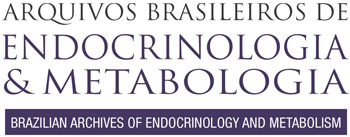OBJETIVO: Investigar fatores sociodemográficos, de risco ou de proteção para doenças crônicas não transmissíveis (DCNT) que se associem ao aumento do índice de massa corporal (IMC) após os 20 anos de idade. MÉTODOS: Estudo transversal com 769 mulheres e 572 homens do Sistema Municipal de Monitoramento de Fatores de Risco para DCNT, 2005, Florianópolis, SC. O aumento do IMC foi definido em percentagem, pela diferença entre o IMC em 2005 e aos 20 anos. RESULTADOS: Desde os 20 anos, o aumento do IMC foi superior a 10% para a maioria dos indivíduos. Nas análises múltiplas, o aumento do IMC foi associado a aumento da idade, baixo nível educacional (mulheres), ser casado (homens), não trabalhar, baixo nível de percepção de saúde, pressão alta, colesterol/triglicerídeos elevados (homens), realização de dieta, sedentarismo e ex-tabagismo (mulheres). CONCLUSÕES: Estratégias de saúde para prevenir o ganho de peso em nível populacional devem considerar principalmente os fatores sociodemográficos.
Índice de massa corporal; monitoramento do estado de saúde; entrevistas; fatores de risco; doenças crônicas não transmissíveis; obesidade




